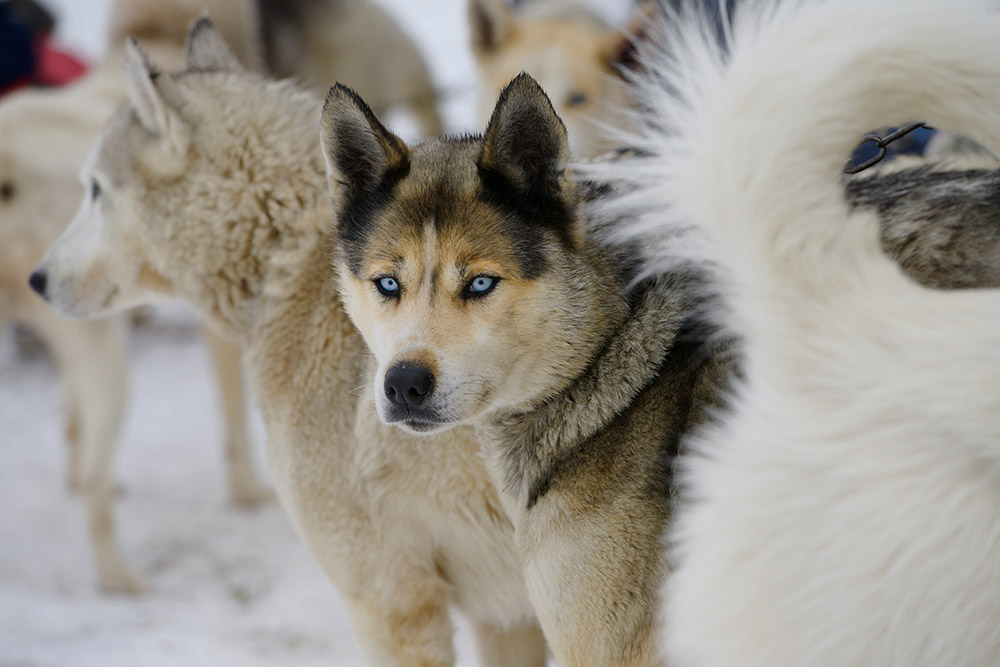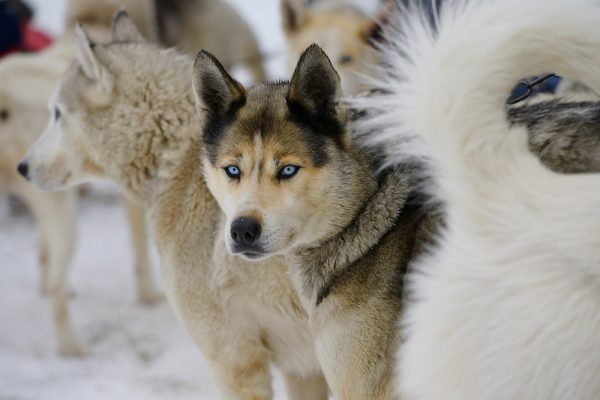Click Below to Skip Ahead
The Seppala Siberian Sleddog is a very rare dog breed with origins in Siberia. Built to withstand the unforgiving northeastern Siberian climate, the Seppala Siberian Sleddog was developed to pull sleds across snowy and dangerously icy terrain, up rugged mountains, and through seemingly bottomless valleys in some of the harshest conditions on Earth.
Read on to learn all about a very special breed that, though uncommon, has survived extinction against all odds.
Breed Overview
Height:
21–25 inches
Weight:
42–55 pounds
Lifespan:
12–16 years
Colors:
White, black, varying shades of gray, fawn, reddish-brown, sable
Suitable for:
Active individuals or families committed to exercising, training, and socializing the dog well
Temperament:
Hardworking, eager to please, high-energy, positive, friendly, companionable
The Seppala Siberian Sleddog’s appearance is a true representation of what they were originally developed to do: work. There are no frills and fancies about this dog, and they remain in their primitive form, untouched by show-standard breeding and development. Seppala Siberian Sleddogs come in a variety of colors ranging from white to very dark shades, and the International Seppala Siberian Sleddog Club does not view any colors as faults—all are permitted.
Seppala Siberian Sleddog Characteristics
Seppala Siberian Sleddog Puppies
Before we go any further, there is a somewhat confusing but very important distinction to make in regard to Seppalas, so bear with us! Pure Seppala bloodlines are exceedingly rare, though one Siberian Husky breeder registered with the American Kennel Club produces Huskies with what they call the “Seppala strain”.
However, as explained by Jeffrey Bragg at Seppala Kennels (a kennel that once bred Seppalas but stopped in 2008), dogs bred with the “Seppala strain” are actually “mixed lineage racing Siberian Huskies” rather than pure Seppalas. The American Kennel Club does not distinguish between the Seppala and the Siberian Husky.
Is the Seppala a Husky?
The Seppala does indeed share ancestry with Siberian Huskies but is considered by many, including the Continental Kennel Club, to be a distinct breed in its own right with its own breed standard separate from that of the Siberian Husky. According to information from Cold Mountain Siberians, the only pure Seppala Siberian Sleddogs are in Canadian provinces, but their numbers are low.
In short, your chances of buying or adopting a pure, original Seppala Siberian Sleddog are incredibly slim. However, you may consider a Husky with the Seppala strain like those mentioned above or a similar-looking dog like a Husky or Husky mix. If adoption is something you’re open to, check around with shelters as there are all kinds of dogs waiting for a home.
Seppala Siberian Sleddog Origin & History
Seppala Siberian Sleddogs were originally developed in Siberia as sled dogs that could pull light loads over long distances, though it’s not clear when the breed first came about.
They were developed for traits like strength, speed, and sheer endurance, but their close relationship with humans also worked in characteristics like an eagerness to please and companionability. People in northeastern Siberia once relied heavily upon Seppala deliveries for survival in the treacherous conditions. The Seppala was also—and is still to this day—used in sled racing.
Among the Seppala’s many accomplishments include the All-Alaska Sweepstakes, the 1932 winter Olympics, and the 1925 Nome serum run. Check out the facts section further down to learn more about this.
Temperament & Intelligence of the Seppala Siberian Sleddog
Seppala Siberian Sleddogs are hardworking dogs with bags of determination, perseverance, and high energy. As dogs that were bred to work and move quickly, they need plenty of exercise to keep them happy and out of trouble, so think carefully about whether or not you can consistently provide this before taking in a “Seppala strain”, standard Husky, or a Husky mix.
In fact, one breeder of “Seppala strains”, Thomas Hahn from Cold Mountain Siberians, has said that he refuses to sell dogs to an apartment life “environment” because of these dogs’ intense exercise needs. Seppalas are also known for their trainability due to their people-orientedness and quick brains.
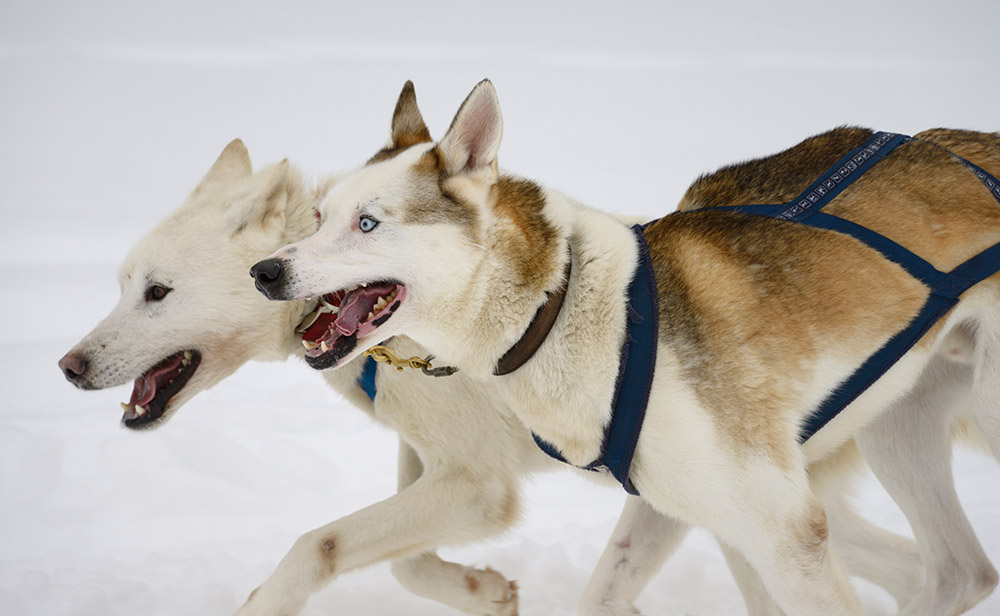
Are These Dogs Good for Families? 👪
Original Seppalas made excellent companion dogs and, according to the Continental Kennel Club, their descendants continue to do so today when raised in the right environment. They are described by the club as cheerful, exuberant dogs that, when socialized, make “joyful” companions that are “never aggressive towards people”.
However, any dog of any breed or size can become aggressive if provoked or treated unkindly in any way. No matter the breed, the dog’s family must create an environment in which socialization, training, bonding, and respect are front and center to avoid issues like aggression or unmanageability. Bear in mind that Seppalas can be a little reserved around new people.
Does This Breed Get Along with Other Pets? 🐶 😽
Yes, but to reiterate, socialization with other dogs (and cats if you have them), training, and careful supervision when you bring a new dog home are all-important to ensuring that this is the case. Also, bear in mind that the Seppala and dogs with the Seppala strain have a high prey drive and will likely give in to the urge to chase smaller animals, so keep your dog apart from them if you have these kinds of pets.

Things to Know When Owning a Seppala Siberian Sleddog:
Food & Diet Requirements 🦴
Proper nutrition is of paramount importance for this high-energy, always-on-the-go dog. They’ll need a high-quality formula that fits their age range, weight, and activity levels.
Working dogs need to have their protein levels adjusted depending on how active they are. On its Siberian Husky information page (just a reminder that the AKC refers to Seppala strains as “Huskies” rather than “Seppalas”), the AKC mentions that harness dogs working during winter “may need 32% protein”. Please ask your vet what the appropriate protein level would be.
Exercise 🐕
It will no doubt be very clear to readers by this point that the Seppala Siberian Sleddog is not for the faint-hearted! Any potential Seppala parent must be prepared to dedicate a lot of time to exercising this exuberant dog—possibly up to several hours per day, though individual exercise needs vary from dog to dog.
Long walks and access to a secure area to roam are best for Seppalas and Seppala strains so they can burn off some of that endless supply of energy. They also make fantastic jogging and hiking buddies and enjoy taking part in agility, obedience, and rally events.
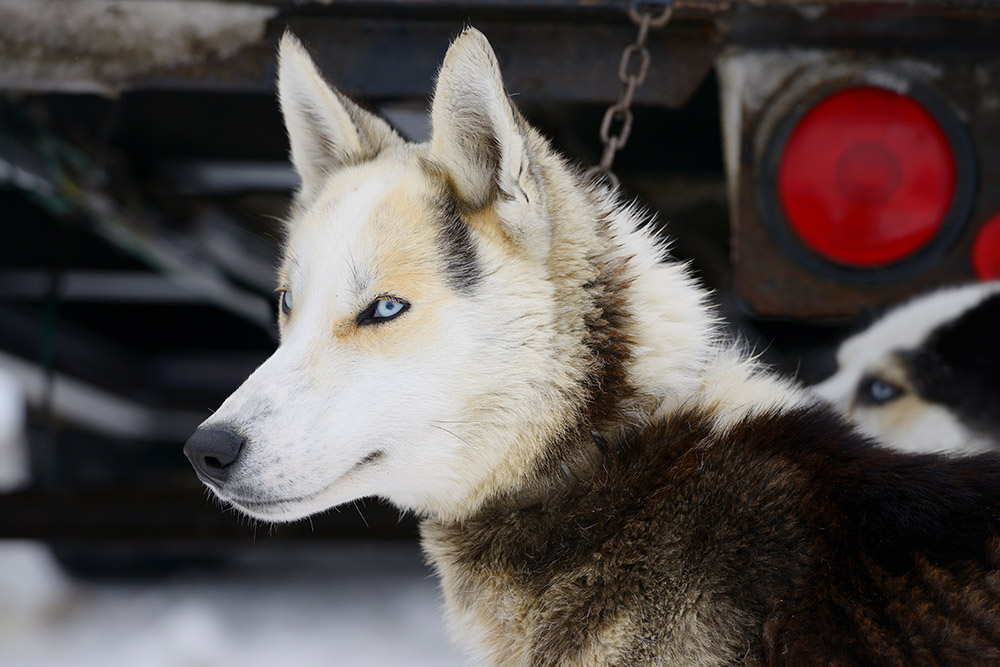
Training 🎾
Renowned for their trainability and devotion, the Seppala/Seppala strain responds well to kind but firm and consistent leadership, and they need frequent, short, snappy, and exciting training sessions to prevent boredom from setting in. They’re really smart and could quickly become destructive if they don’t feel challenged enough by training sessions.
Several sources advise not letting Seppalas off the leash in unsecured areas due to their natural urge to run. Your dog may bolt unexpectedly in these areas which can be an unpleasant surprise, especially if they have poor recall.
Grooming ✂️
The Seppala/Seppala strain has a thick double coat. You can expect this coat to “blow” twice yearly. You can help this process along by deshedding the coat with a tool dedicated to the purpose, like an undercoat rake or a similar deshedding tool. Throughout the rest of the year, a standard pin brush and mental comb can help keep regular shedding under control.
Trimming your dog’s nails when needed is also important as mobility issues can arise from overgrown nails, and it’s ideal to clean your dog’s teeth every day with a dog-safe toothpaste to reduce plaque and tartar buildup.
Health and Conditions 🏥
Breeder Tom Hahn from Cold Mountain Siberians describes Seppalas as “generally robust and healthy” but does mention that they may be prone to health conditions that have been linked to other northern breeds. When you bring your dog home, get them registered with a local vet so they can monitor the dog’s health throughout their lifetime and offer advice. Potential health issues include:
- Mild allergies that are addressed and managed
- Eye conditions
- Severe allergies
- Cancer
Male vs Female
The only apparent physical difference between male and female Seppalas is that males may be slightly taller and heavier. Personality-wise, there are no known distinctions, but this is the case for every breed. Just like people, personality types are numerous and very diverse, and Seppala breeders are likely to pair dogs with owners based on who they see being a good fit rather than allowing the owner to choose the dog.
3 Little-Known Facts About the Seppala Siberian Sleddog
1. Seppalas Took Part in the 1925 Nome Serum Run
When a child contracted diphtheria and passed away in Nome in 1925, Leonhard “Sepp” Seppala, a sled dog breeder and musher, and John “Iron Man” Johnson, led a team of Seppalas on the 658-mile journey to Nome with diphtheria serum. It took 5 and a half days to complete the mission. The infamous Seppala named Togo was the lead dog on this expedition, cementing his place in the history books as a hero.
2. Seppalas Are Sometimes Mistaken for Wolves
The Seppala is a beautiful dog that’s a little less refined and more wolfish in appearance than the Siberian Husky, leading some to wonder if they are wolf hybrids—they are not. They are also described as being more athletic than standard Huskies.
3. The Leonhard Seppala Strain Nearly Went Extinct
Leonhard Seppala’s strain of sled dog was the foundation for what we know today as the Siberian Husky. By 1969, this original strain was on the verge of extinction, but Markovo Kennels (Canada) and Seppineau Kennels (USA) took action and managed to prevent this from happening. Today, the pure strains are incredibly rare and mostly found in Manitoba, Canada.
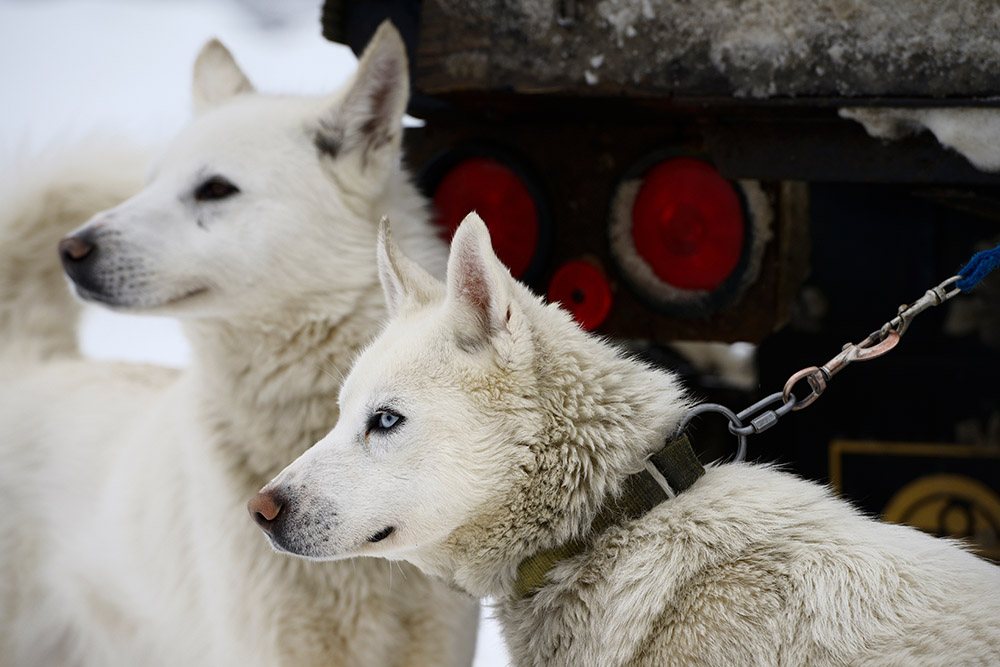

Final Thoughts
The history of the Seppala Siberian Sleddog is as complex as it is gripping, so thanks for bearing with us! We hope you’ve enjoyed reading about this unique and natural dog with a rich history and long-lasting legacy that many breed experts are clearly determined to preserve as much as we enjoyed researching them.
Featured Image Credit: Reimar, Shutterstock

